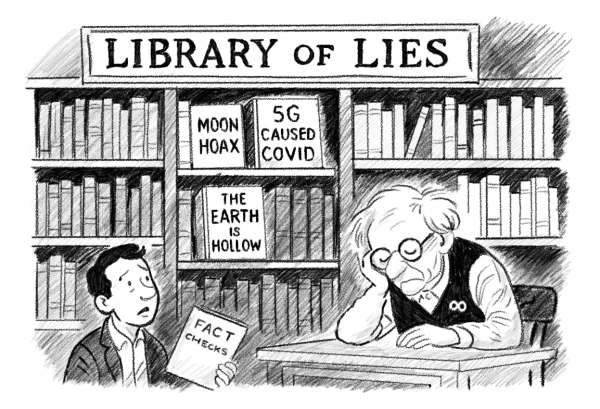Five ways to make the gaming industry more diverse, equitable and inclusive
Dear Gaming Industry,
Here are five steps you could take to be more equitable and inclusive.
Love,
RE’s Digital Narrative class
1. Don’t racialize every character.
When their games are not about the ‘real world,’ developers should try to avoid giving their characters racialized human characteristics. Why is Mario white? He doesn’t have to be. He could be a rabbit. There is nothing about the gameplay or story of ‘Super Mario Bros.’ that requires him to have a specific ethnic identity. It makes sense for real-world games to have races. But in many games, what you are doing is not realistic, and defaulting to a white protagonist in these games only reinforces the idea that whiteness is a ‘default’ or ‘universal’ state. Instead, developers should deracialize their characters when they can, experimenting with other representations such as imaginative races or animals. An example of effective deracialization is ‘Night in the Woods,’ in which the characters are a variety of animals of different colors. This particular representation makes a unique impression on the player while avoiding the status quo.
– Lucas Jolivert and Santiago Duckenfield-Lopez ’22
2. Put more effort into creating clear community rules — and enforcing them.
Many groups find themselves alienated from online game communities due to bullying and other ill-treatment, despite the presence of guidelines condemning such behavior. One common example would be the treatment of women in online lobbies, who often become targets of sexist harassment as soon as they reveal that they have a feminine voice. Features like reporting players who incite misconduct don’t usually lead to actual change, and when they do, the action taken is often weak and easily circumvented. For example, banned players can create new accounts and continue their behavior with few to no repercussions. With proper enforcement of the rules, online game communities would become more inclusive for people who might otherwise shy away from playing due to the unwelcoming environment.
– Mihir Pabby and Tobias Kaczka ’22
3. Quit stereotyping women.
There are three types of female representation in games: the homemaker, the damsel-in-distress, or the sex object. ‘Cooking Mama,’ a game that targets girls and that most girls have played at some point in their lives, reinforces the idea that women are meant for domestic work. Other simple and seemingly non-problematic games such as ‘Super Mario Bros,’ ‘Donkey Kong,’ and ‘Braid’ repeat the trope of the damsel-in-distress, demonstrating the stereotype that women need to be saved by men and framing the female character as the male hero’s ‘prize.’ The idea that women are meant to be seen as objects also manifests itself in video games that over-sexualized female characters, such as ‘Grand Theft Auto,’ ‘Batman: Arkham Knight,’ and ‘SoulCalibur.’ In these games, women are dressed in small and scandalous outfits, while the men have sensible outfits such as proper armor. These games have a significant impact on the lives of the young women who play them, promoting unrealistic body images and negatively affecting their mental health. Such games also affect the mindsets of their male players, reinforcing biases about how women should be treated. These types of representation are so prevalent that it almost feels shocking when we see women in games that are represented realistically. If game developers started making more of an effort to represent women realistically, not only would more women join the community because of the increased inclusivity and representation, but more male gamers would internalize the message that women are more than a homemaker, a damsel-in-distress, or a sex object.
– Juju Simoes, Kira Oglesby, and Heidi Riemer ’22
4. Eliminate ‘pay to win.’
Many modern games contain a significant quantity of in-app purchases, also known as microtransactions, that allow players to get ahead or even to simply stay competitive. This inherently excludes those who can’t afford to keep up with certain players who spend lavishly on upgrades and resources. Rather than promoting progression and the player experience, companies prioritize profit. Considering that a study by the Association for Consumer Research found that white individuals, on average, are able to spend significantly more money on video games, it means that these companies are creating de facto segregation in their player base between players (often white) who are able to buy more advantages and players (often of color) who are not. In order to truly make games more inclusive, in-app purchases for anything other than cosmetic items need to be removed, as they promote inequality and unfairness.
– David Dubovy and Shang Wang ’22
5. Increase the quality and quantity of LGBTQ+ representation.
LGBTQ+ inclusivity has not been a priority for video game developers in the past. Big-budget action games tend to center on white, heterosexual male heroes and don’t tend to highlight LGBTQ+ characters in a favorable way. Even when they do present a gay male character, for example, they tend to portray him as flamboyant, feminine, and unable to fight for himself. This shows how stereotypical games can be in their representation of homosexual characters and LGBTQ+ characters in general. ‘The Last of Us’ and ‘The Last of Us Part II’ are prime examples of positive representation of LGBTQ+ characters within video games. Both games highlight the sexual orientation of the main protagonist, Ellie; the second installment also includes a prominent transgender character named Lev. Nevertheless, the medium still has much room for growth. It needs to follow in the footsteps of the television and film industry, where studios have improved LGBTQ+ representation by hiring LGBTQ+ actors, writers, and directors.
– Erik Lavandeira and Dylan Schnur ’22






